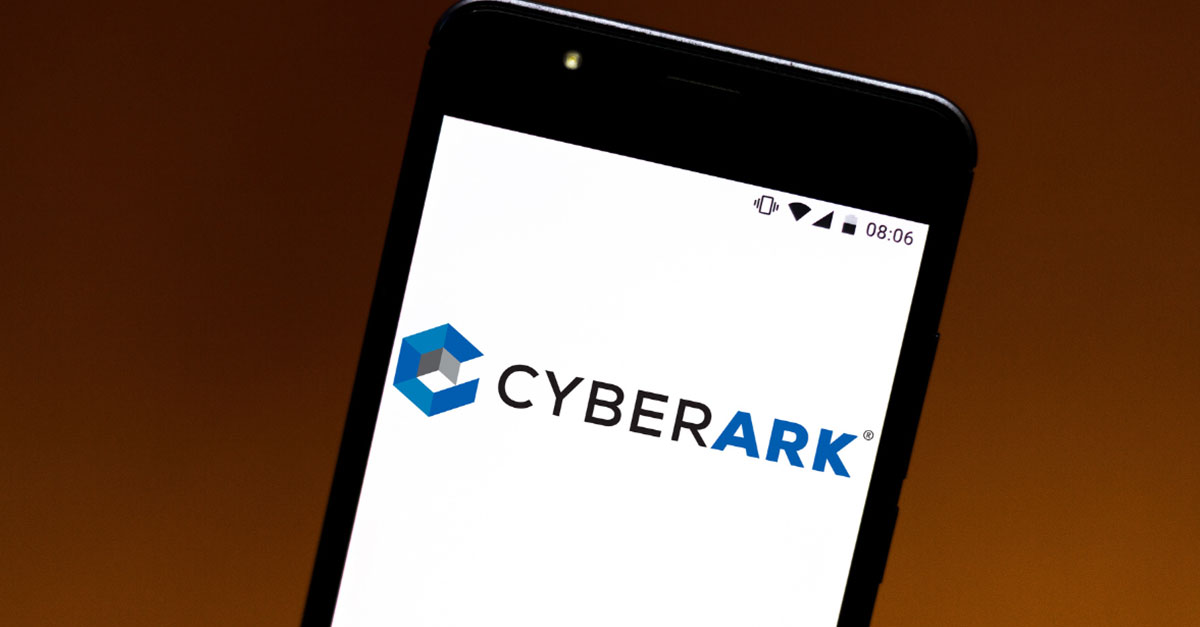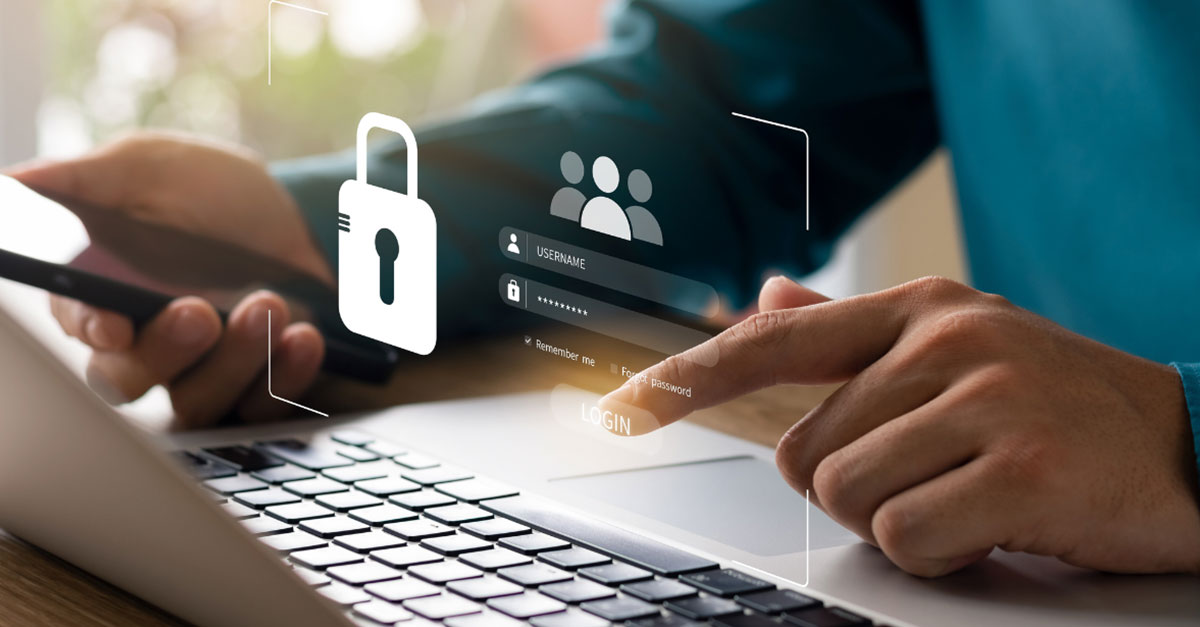Digital Transformation: Understanding The Risks
In our fast-paced world of virality and instant gratification, digital transformation is quickly becoming not just a way for a business to get ahead, but an essential process to ensure its survival. By digitalising and even automating manual processes, organisations can maintain the agility and productivity required to thrive in today’s highly competitive market.
But as with any business transformation, digitalisation comes with a plethora of potential risks. After all, the more data and processes that a business has, the more potential vulnerabilities are opened up for threat actors to exploit.
In today’s blog, we are taking a look at some of the risks associated with digital transformation and the cloud, and the precautions you can take to protect your business from them.
One of the many negative outcomes of a cyber security breach is the exfiltration of customer data, which is often sold on the dark web.
Take the time to consider where and how customer data will come into your organisation, where it will be stored and how it will be used. Think about the kind of data you are collecting, too. Personal identifiable information (PII), banking details and payment information are of particular interest to threat actors, so this information should be protected at all costs.
Scan your data’s movements, from the minute it enters your organisation to the point it is permanently deleted, for any potential vulnerabilities that could lead to a leak. If you’re not sure how to carry out this kind of evaluation, consider bringing in a cyber security partner like Infosec K2K for a comprehensive security assessment.
When it comes to organisational change, there can often be a great deal of pressure to move very quickly. However, when it comes to cyber security, it is important not to rush things.
Taking shortcuts to speed up your digital transformation process could greatly increase your security risks, exposing you to potential cyber threats.
Ensure there is a detailed “cyber security check” at each and every step of your transformation process, so you can complete the project knowing you’ve left no stone unturned when it comes to security.
Those familiar with digital projects will also be very familiar with the term ‘minimum viable product’, or ‘MVP’. An MVP is essentially the bare minimum that you will accept as a “finished product” at the end of your project.
Usually, when taking an MVP approach, an organisation will complete the project with the MVP before launching follow-up projects designed to improve on and add more functionality to the solution.
It is important to determine the minimum security and privacy requirements you are willing to accept before launching your digital transformation project. These requirements might not include the most sophisticated cyber security solutions available, but they should still minimise the risk of a potential breach as much as possible.
We recommend considering introducing the concept of “Security By Design” in your business’ MVP. By making security a part of the process when a new product, platform or service is introduced in your business, you can prevent future attacks and streamline the cyber security process.
Even if your organisation is fortunate enough to be armed with a full team of IT and cyber security officers, that doesn’t mean that the burden of cyber security sits solely with them.
All employees within your organisation have the potential to cause a cyber security breach, so they should all be accountable for preventing one.
Education is key here – ensure all employees within the organisation understand the risks of a breach, the potential damage it could cause to the business, and the ways they can prevent it. And, even more importantly, ensure they understand the value of the information they possess. Ask them to ask themselves “what could a threat actor with malicious intent do with the information that I’ve just been asked to share?”. Make it clear that every individual in the organisation is equally responsible for the safety of its data, programs and processes, and then ensure they are adequately trained to maintain that safety. Consider investing in an assessment of your employee’s current level of cyber security knowledge. Those that underperform should then undergo training and education to ensure they’re up to scratch.
When we’re developing cyber security solutions for complex business processes, it can be so easy to get caught up in the detail that we forget the basics.
Develop clear checklists and process requirements to ensure you’re up to speed with basic cyber hygiene, like best practices for password setting and multi-factor authentication, or even Zero Trust. That way, you can focus on the more complex tasks at hand without being let down by easily avoidable vulnerabilities!
Consulting a team of experts might seem like a big investment, particularly if you already have a cyber security team in-house, but it is not nearly as costly as a breach would be.
Businesses like Infosec K2K are equipped with teams of analysts that live and breathe cyber security. They spend each and every day swotting up on the latest threats, vulnerabilities and attack methods, and are always one step ahead of cyber criminals. By consulting with the experts when pulling together your digital transformation strategy, you can ensure you are prepared for whatever threat actors might throw at you.
Note: it is never too late to ask the experts. If your project is complete or almost complete, consider investing in a detailed security assessment. With a thorough review of your tech stack and processes, an assessment can look out for any vulnerabilities that might have been missed along the way.
Are you undergoing a digital transformation project and looking for support to ensure your organisation is safe from potential security vulnerabilities? From security assurances services to crisis response plans and ongoing managed services packages, the team at Infosec K2K have a range of services to suit your organisation’s needs. Whatever resources and/or capabilities you need, the Infosec K2K team are the perfect partner to bolster your ranks and ensure your organisation is as safe as can be.
Get in touch with us to find out more about how we can help you.




